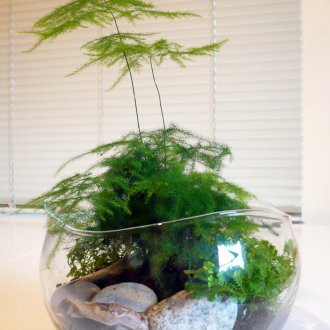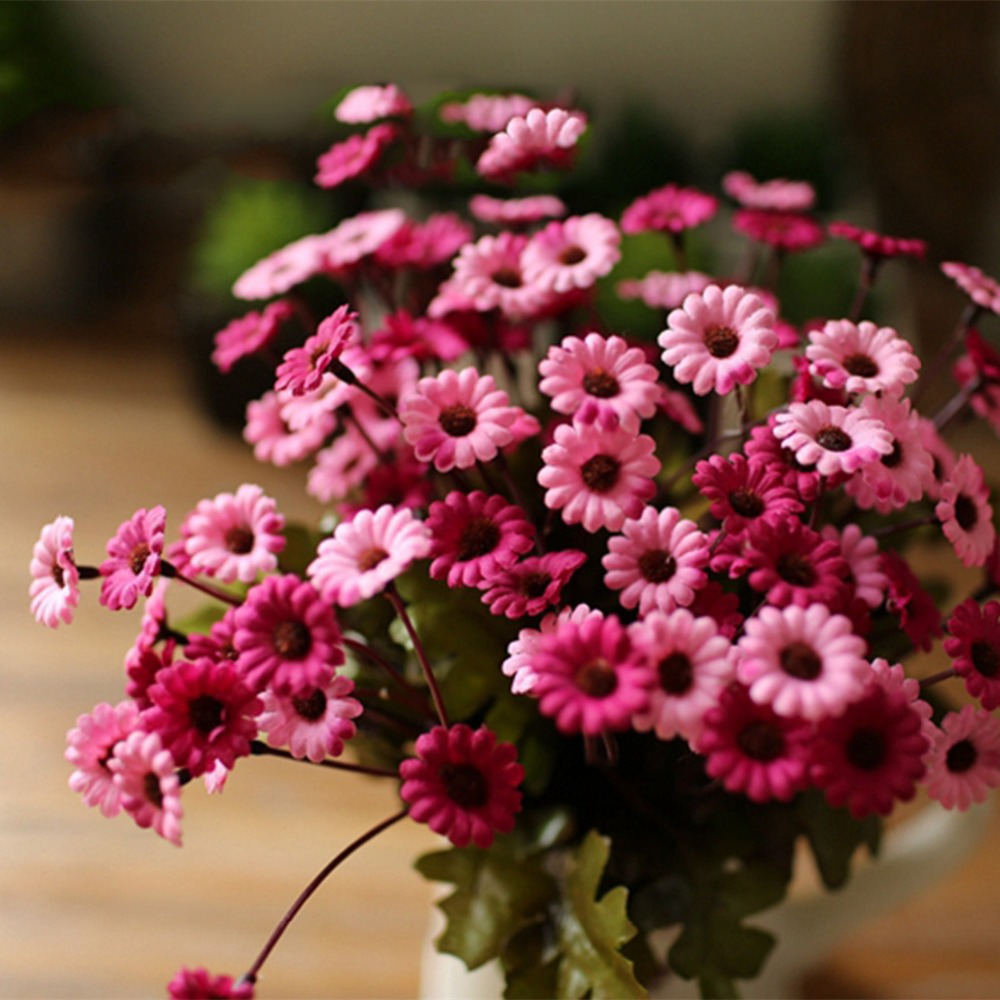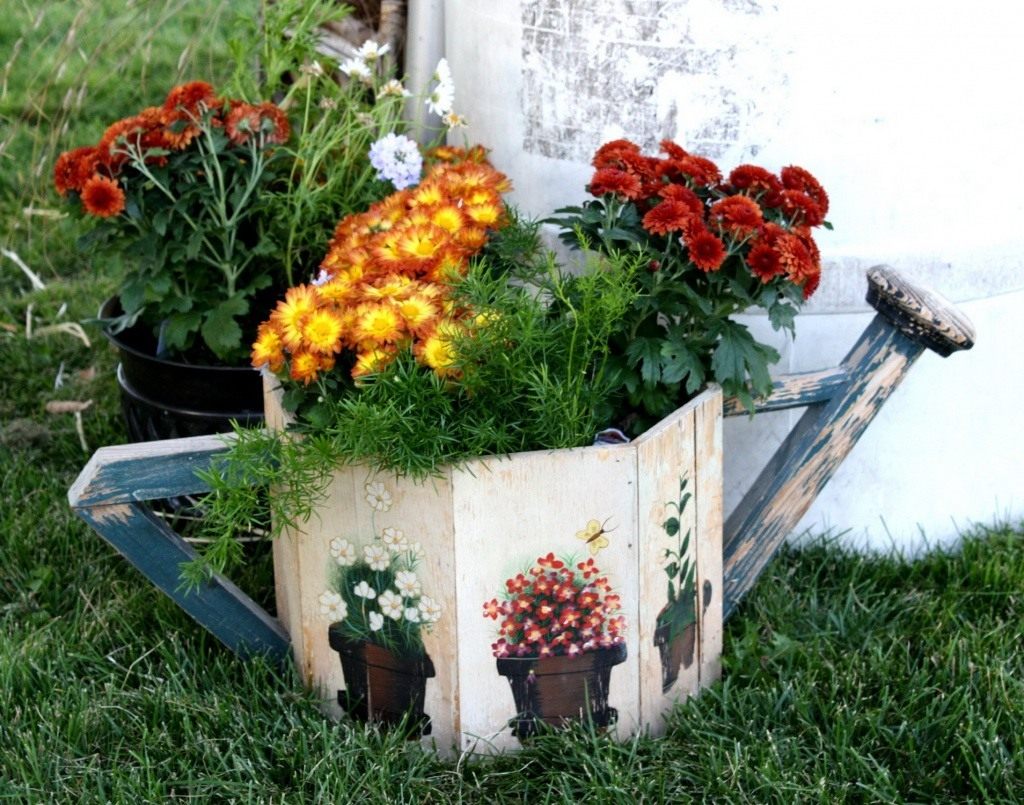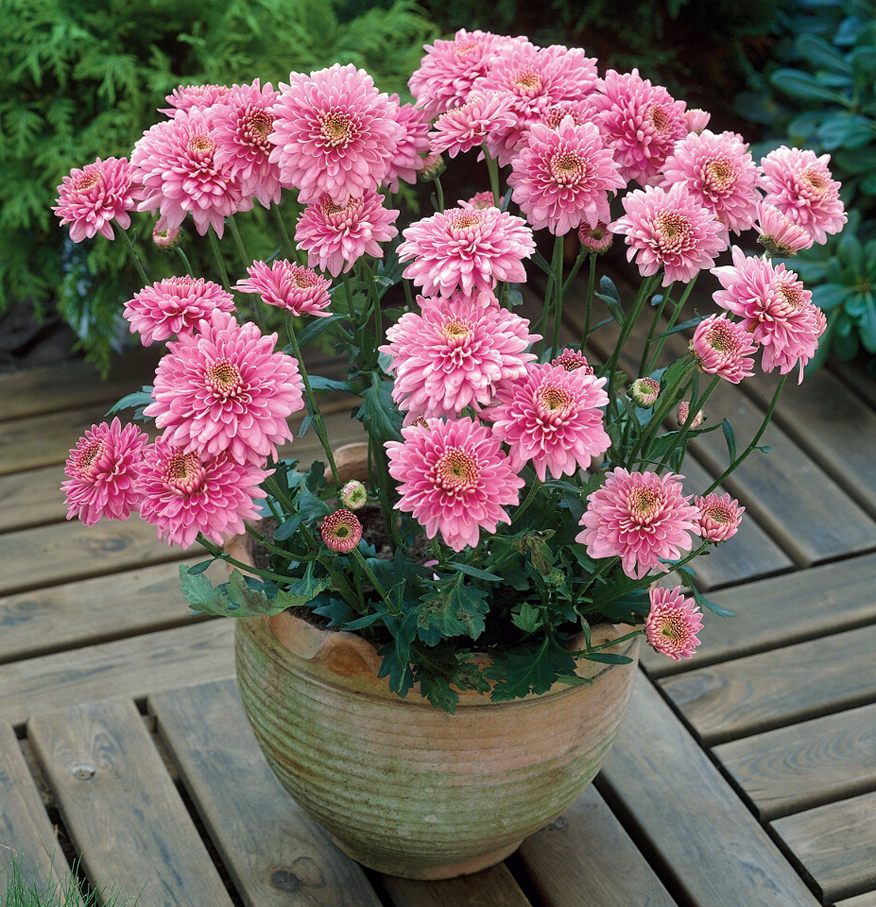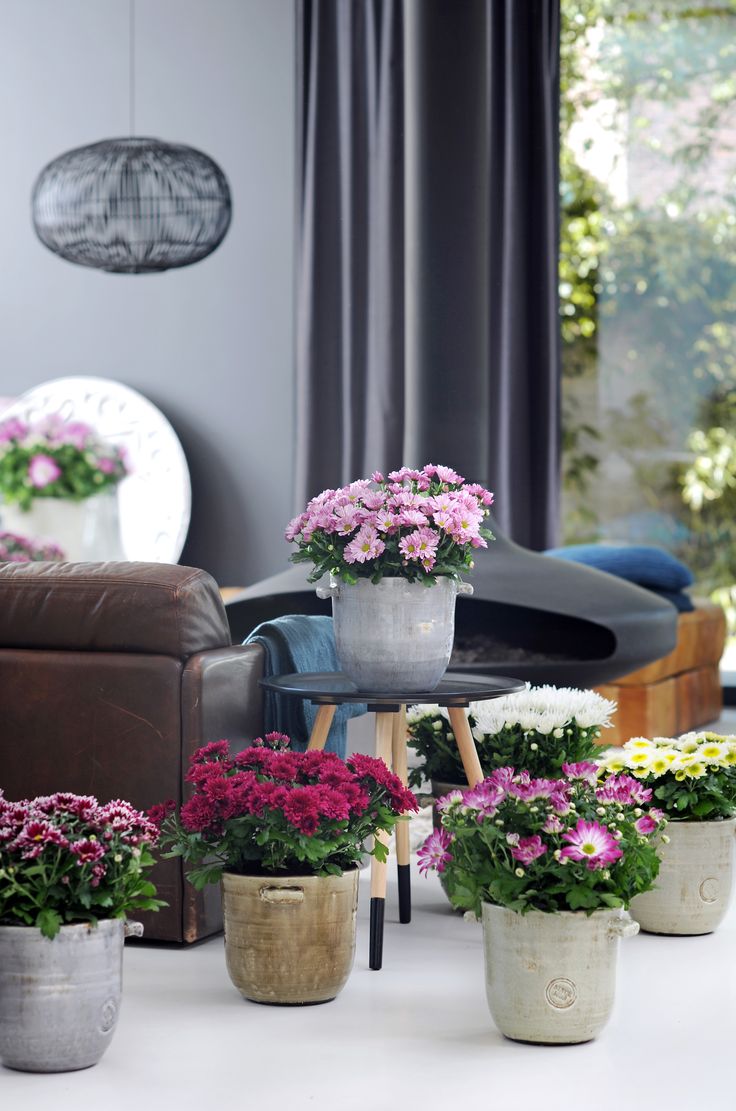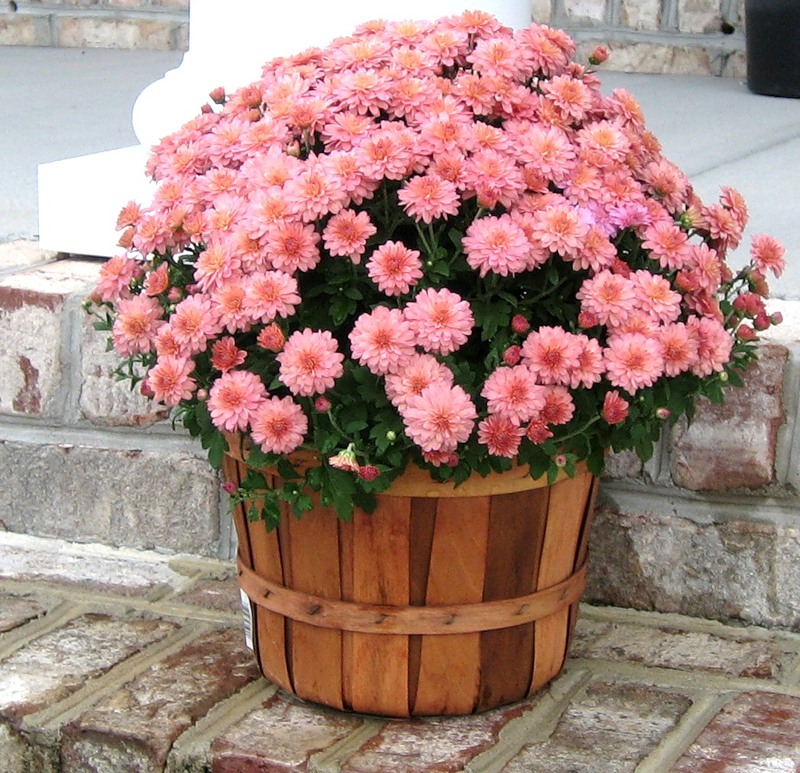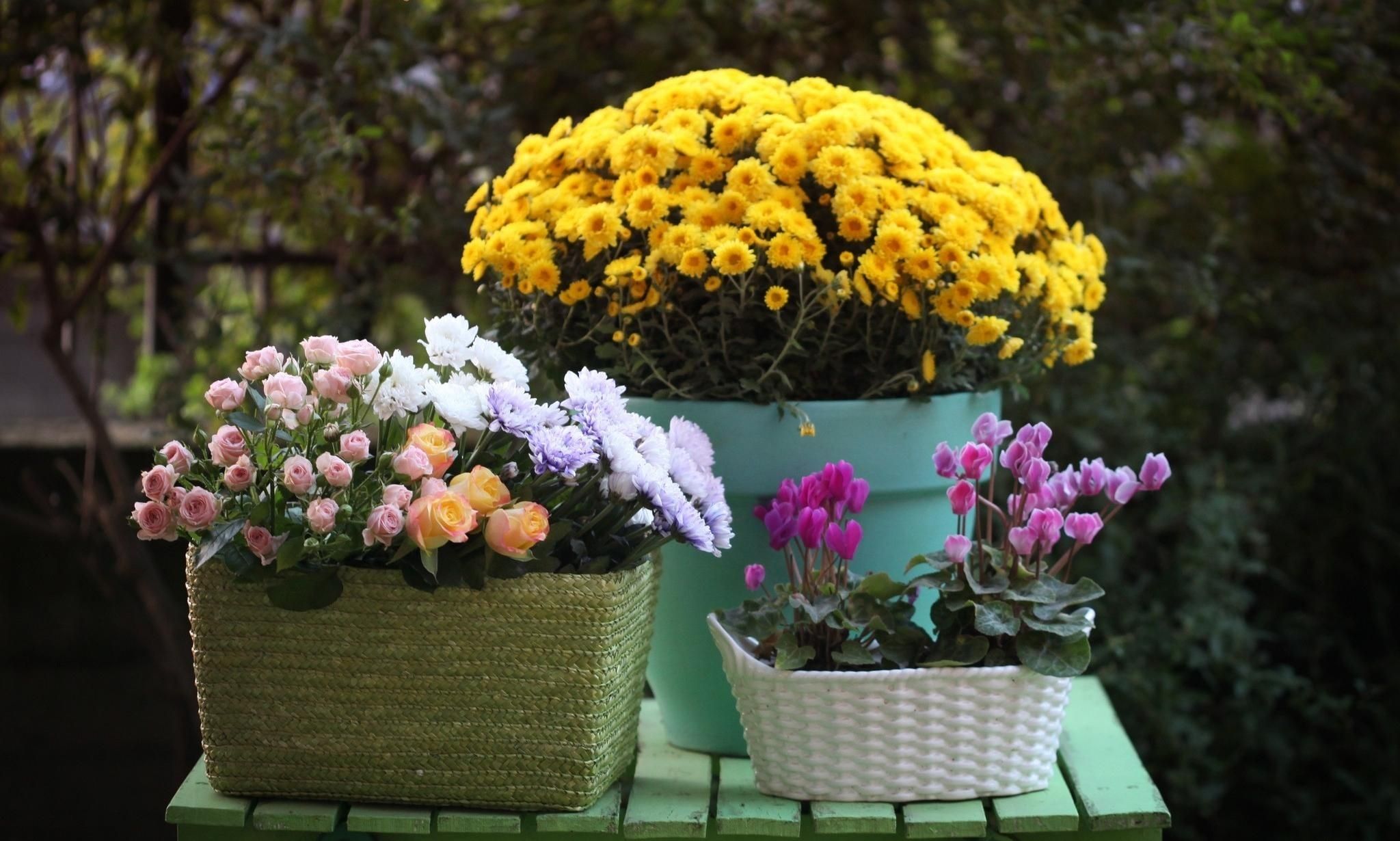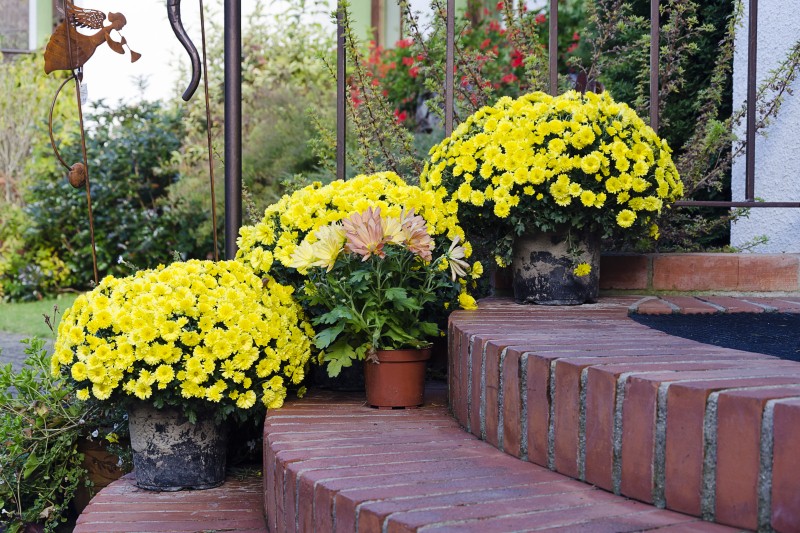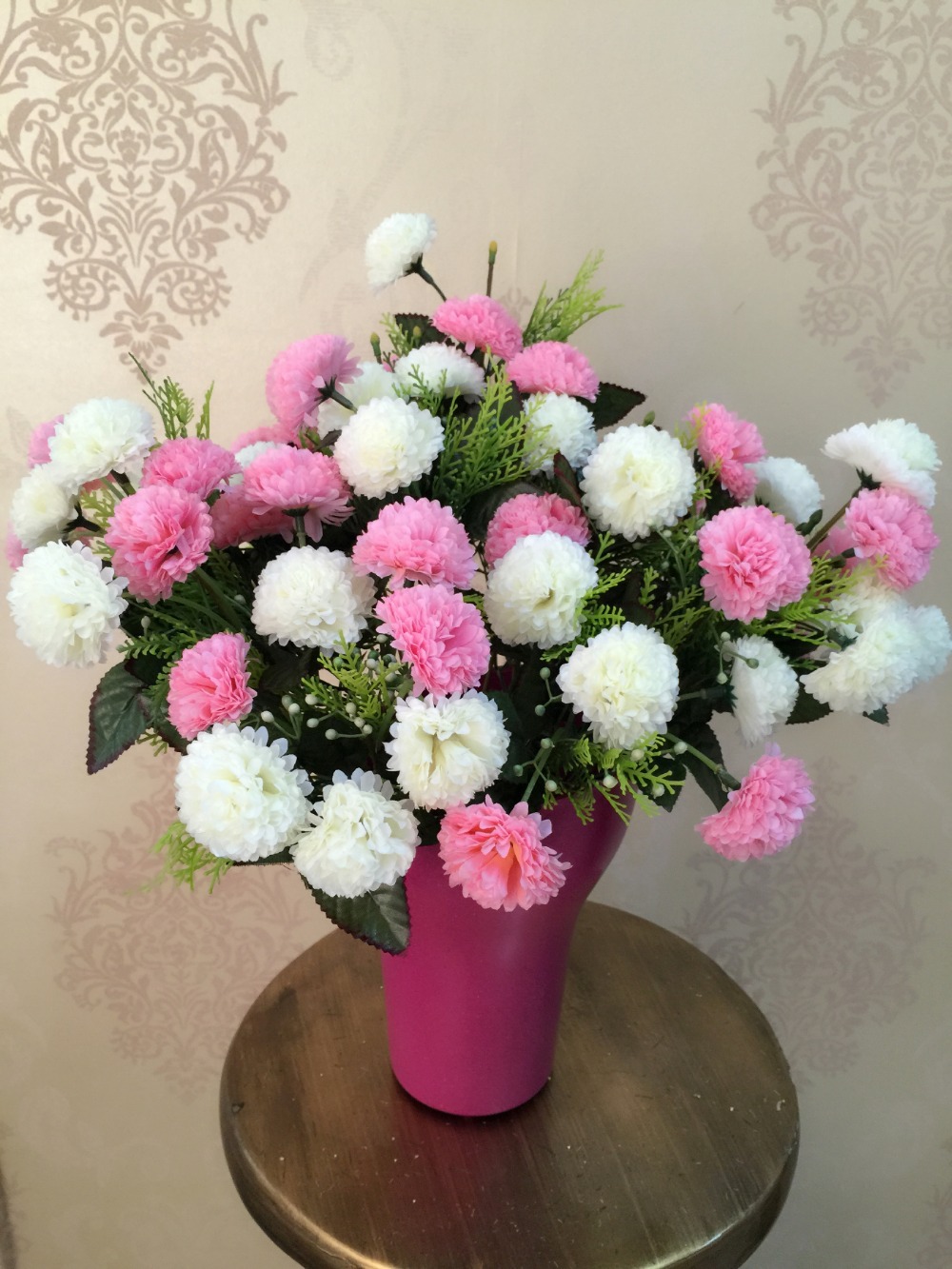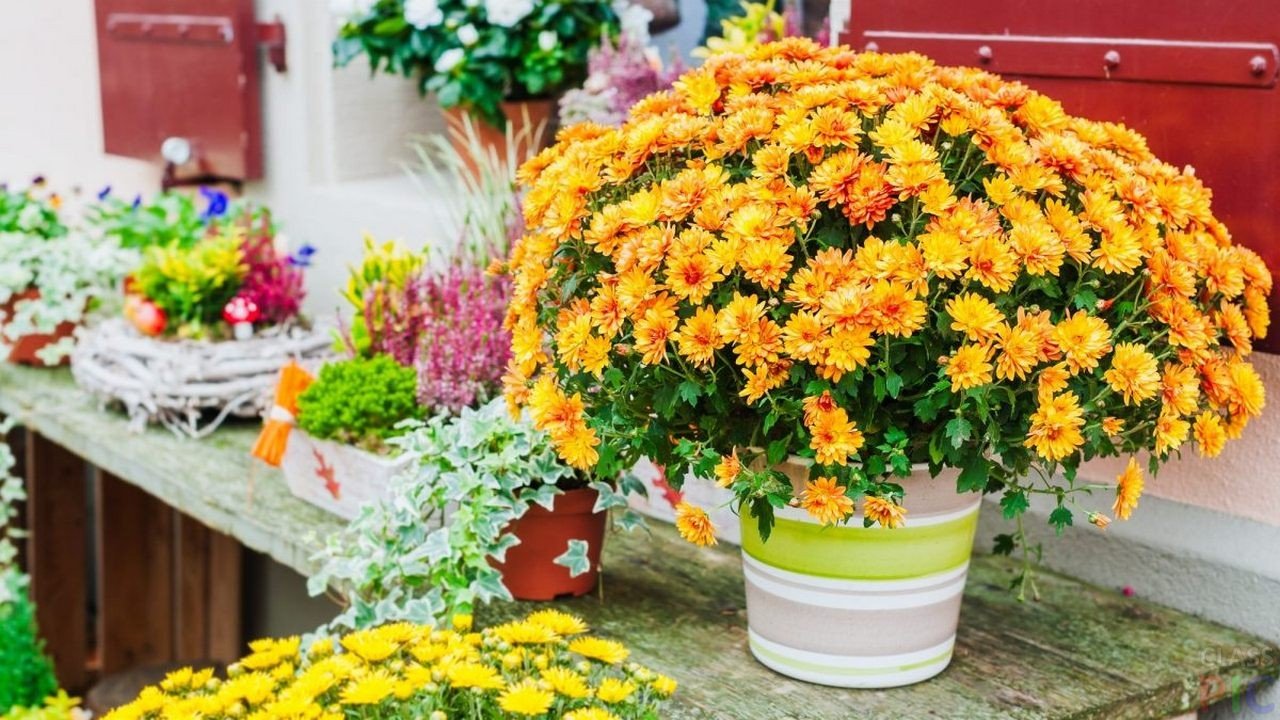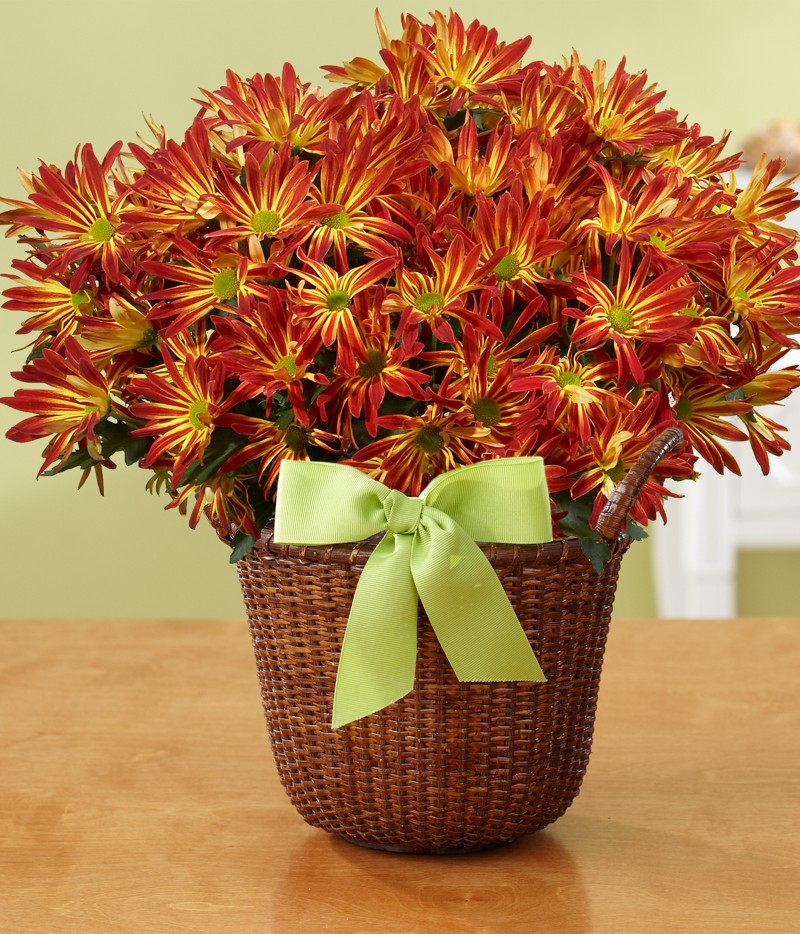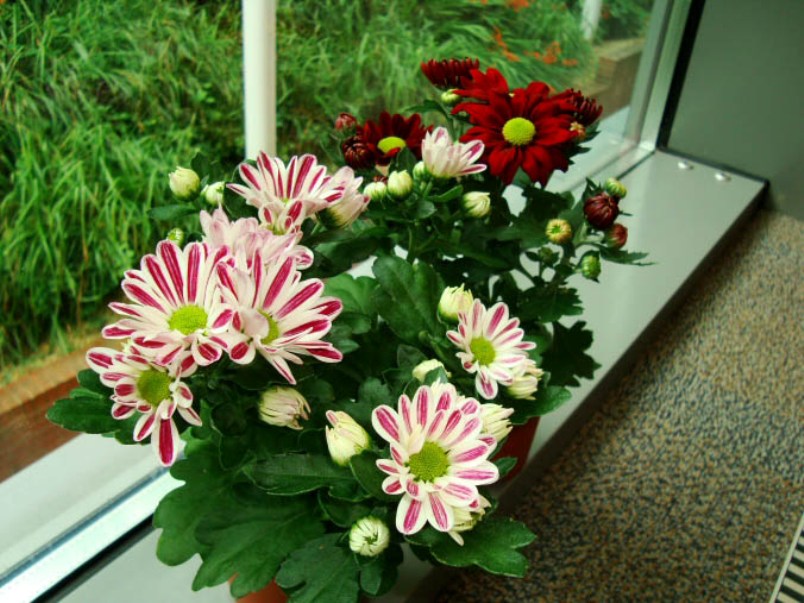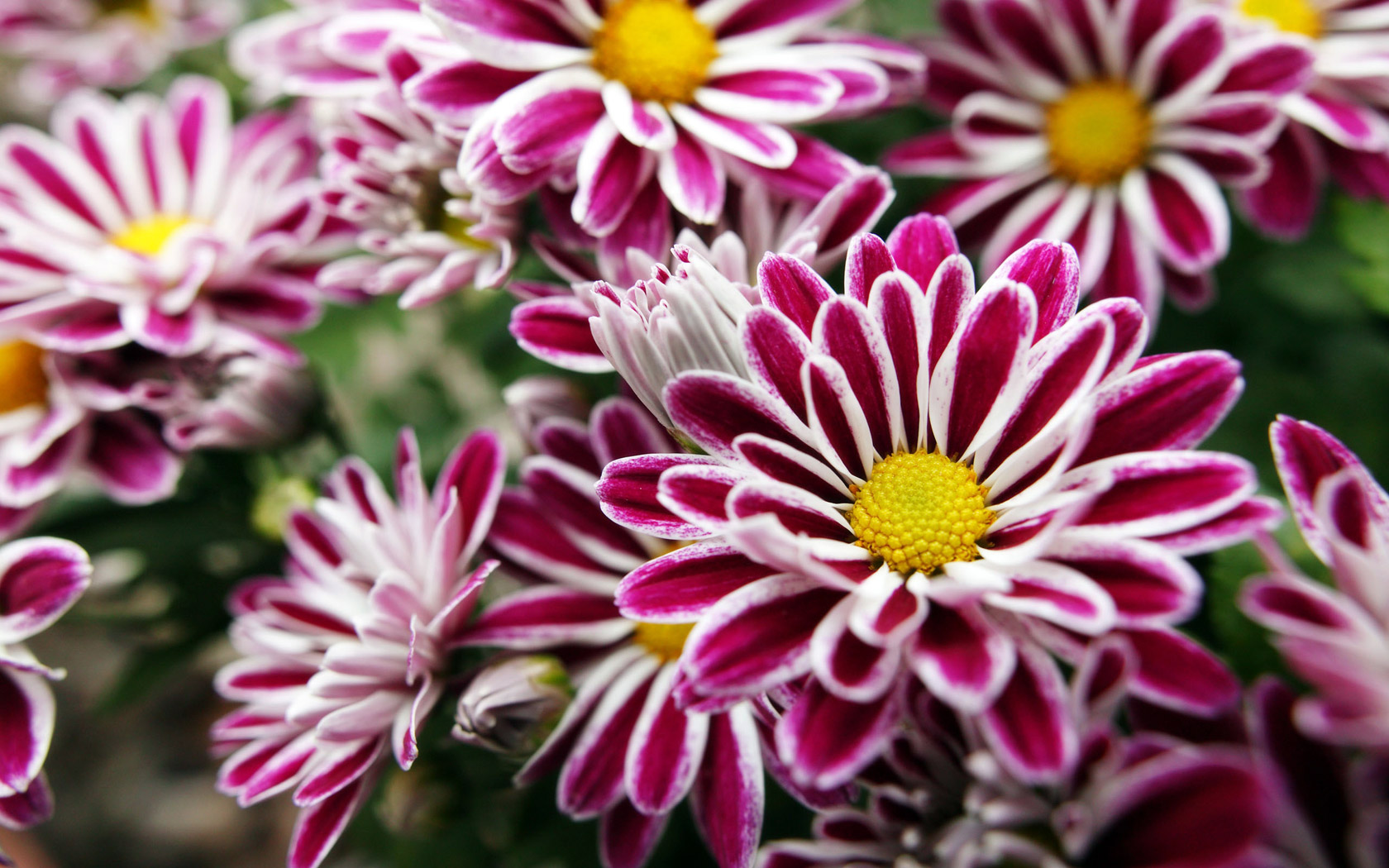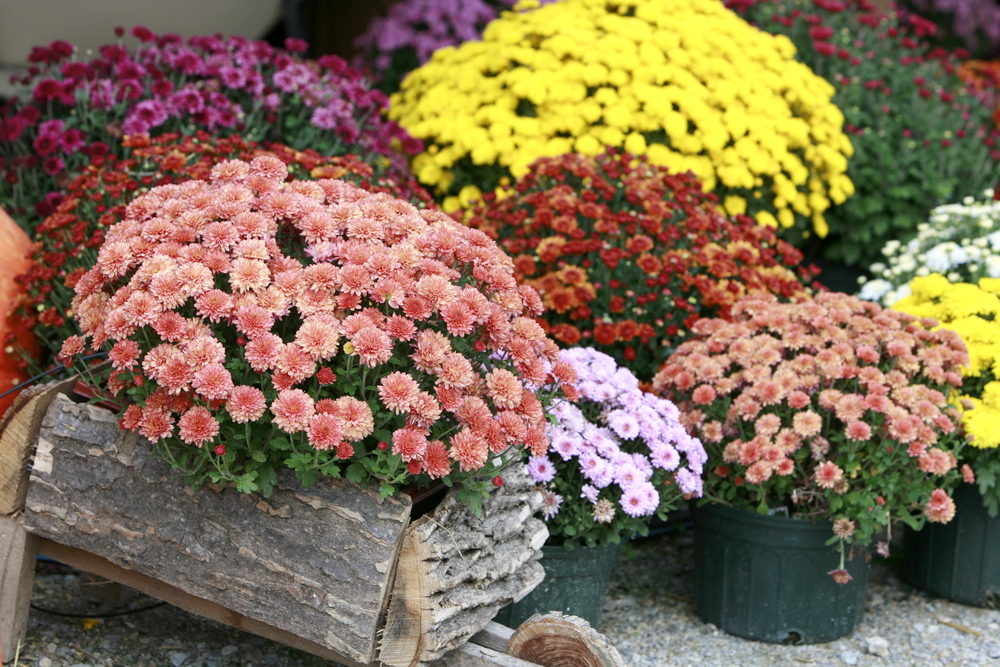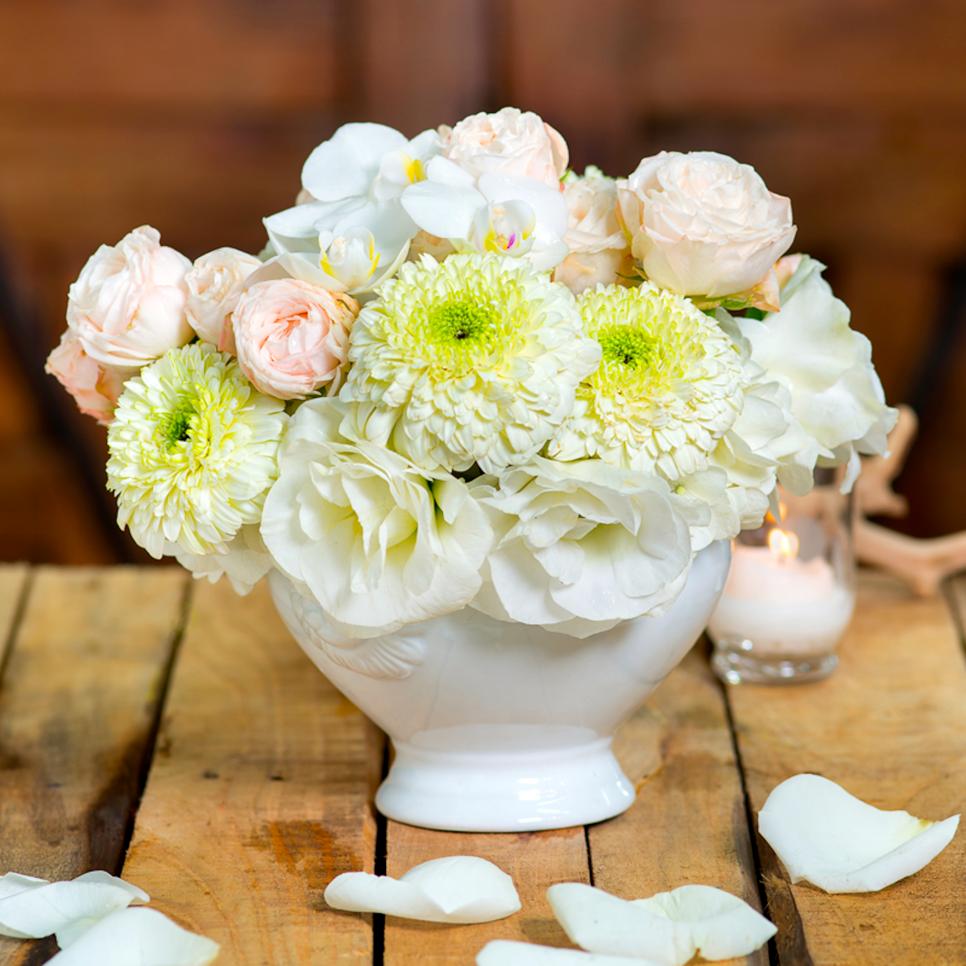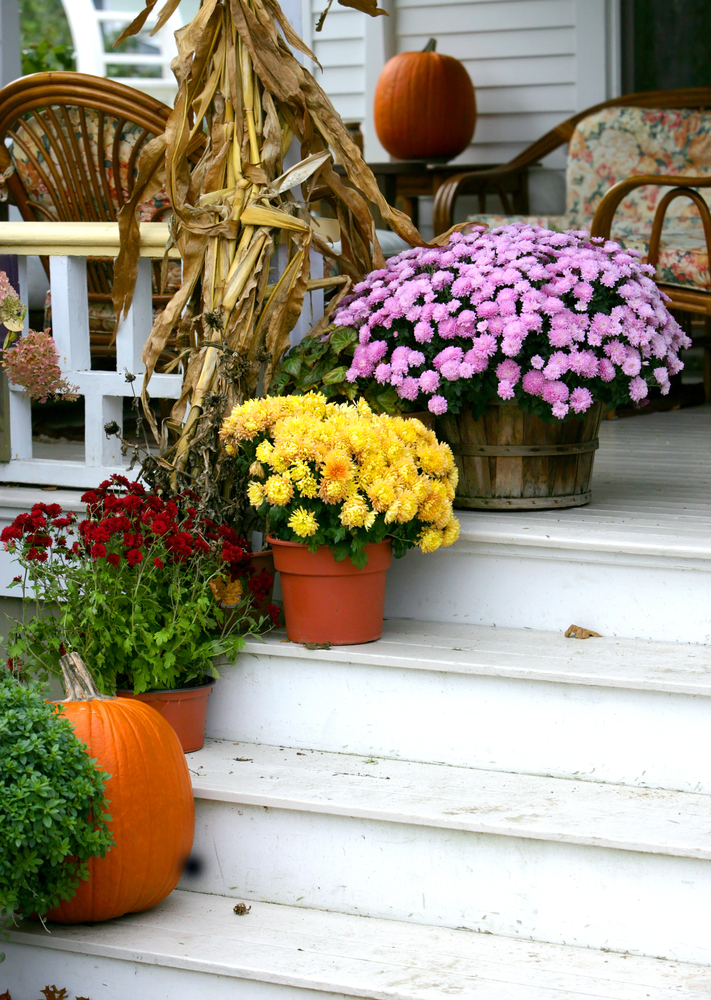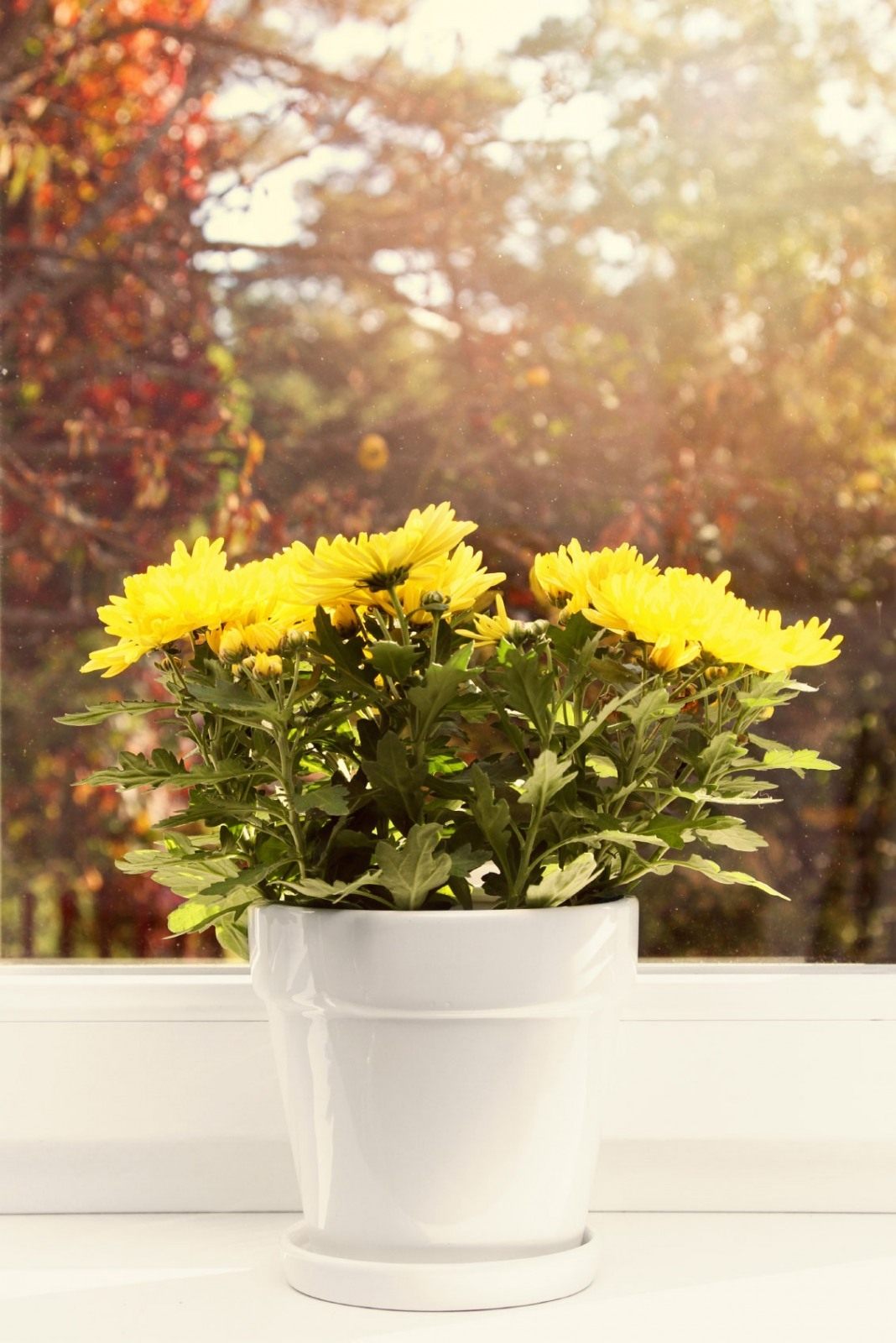Home chrysanthemum: how to easily tame a beauty (21 photos)
Content
Chrysanthemum is a beautiful autumn flower that grows mainly in open ground. Its brightness and variety have long won the hearts of many gardeners. Only with the first frosts does a chrysanthemum stop flowering until the next fall, but I would like to extend this beauty! That is why breeders bred varieties adapted for growth at home. Growing chrysanthemums at home is a simple matter, but it requires some knowledge.
Great variety
In the world there are tens of thousands of varieties of chrysanthemums. All of them differ in height, leaf shape, color, bud shape. Some species are completely strewn with small inflorescences, while others have only a few large flowers. The color scheme of some chrysanthemums is simply limitless. They can be snow-white, dark blue, bright red or purple.
Potted chrysanthemums can be small-flowered or large-flowered. For home cultivation, Chinese and Korean varieties are most often chosen. Most of them do not grow above 20 cm, which makes it easier to care for them and makes their shape and size most suitable for placement in the room.
The most popular varieties of indoor chrysanthemum include the following varieties:
- "Minimum";
- "Sharm";
- "Cascade".
Proper care of these flowers will allow you to enjoy their flowering for a very long time. Surrounded by care and love, they will be more beautiful than ever.
Interesting facts about chrysanthemum
Shrub chrysanthemum has always been an object of admiration. Some oriental poets gently sang this flower in their works. However, studies have helped to identify such interesting facts:
- some varieties of chrysanthemum are edible;
- it is used as a medicine for diseases of the digestive and nervous systems;
- the smell of a flower helps relieve migraine attacks;
- flowering bud helps to purify indoor air.
If you have been given homemade chrysanthemums or you bought a pot of flowers in a store, they can please you not only in the next two weeks. This is not an annual flower, therefore, with the right approach, the plant can be successfully preserved.
The intricacies of primary plant care
All flowers that are being prepared for sale are treated with various chemicals. This is what complicates the further ability of the flower to adapt to new conditions. No less affected is the fact that most of them are planted in transportation soil, which is unsuitable for long-term growth. So, as soon as the chrysanthemum gets into the new house, it needs proper care.
So that the plant does not disappear and blooms in the future, you need to follow these several steps:
- let the flower settle in;
- to trim;
- transplant.
In order for the chrysanthemum to remain viable for more than just a few days, one must act correctly from the very beginning. Having brought potted flowers into the house, they need to be put in a bright, warm place and left alone. After this, the flower can not be touched. No need to rearrange it, "twist to the sun", water or do something else with it. He must get comfortable and adapt to new conditions.
After 2 weeks of complete rest, you need to cut off all the buds that are blooming or have not yet blossomed.This is necessary in order for the plant to preserve its strength. Each bud takes a lot of energy. Although cutting off such beauty can be a pity, this procedure will allow you to save the chrysanthemum itself. In extreme cases, you can wait until the flowers fall off themselves, but the chances of saving the plant are significantly reduced.
Transplant process
Now it's time to transplant the flower. Fresh soil, scissors, a pot and crushed charcoal will be required. Taking a chrysanthemum at the base with a few fingers and the pot sharply turn over. Now you can remove the old soil. This method allows you to not injure the root system.
It is necessary to carefully examine the roots of the plant. If there are rotten areas, they need to be cut. Sprinkle places of cuts with charcoal. When all the dead parts of the root system are removed, you can begin to land.
When transplanting chrysanthemums, almost the entire soil is usually replaced.
First, pour a drainage layer into the pot. It should occupy about a third of the pot. After this, a little more land is added to one third of the remaining volume. The plant is placed at right angles to the plane and gently covered with earth from all sides. After transplanting, the topsoil should be slightly moistened.
Further flower care
Home care is not too complicated, but requires attention from the owner. It is important to pay due attention to such factors:
- watering;
- lighting;
- temperature in the room.
Chrysanthemums, like all flowers, need water. However, this plant does not like heavy watering. It is not recommended to place the saucer under the pot and pour water into it. Because of this, the root system may begin to rot and the plant will die.
The next watering can be done only when the top layer of the earth is completely dry. Still, drying out the soil should be avoided. Although chrysanthemum does not like strong dampness, there are several nuances.
This flower is a garden plant. Although it is adapted to life at home, it is important to maintain the familiar water balance of the flower. With growth on the street in the morning, dew always falls on it. Approximately the same conditions must be created with home care. Every morning, the chrysanthemum needs to be slightly moistened with a spray bottle.
If the owner has to leave for several days so that the plant does not disappear, you need to take care of it. For hydration, you can put a small basin of water next to the flower. Due to the evaporation of moisture, the chrysanthemum will receive a vital fluid.
Competent lighting
Despite the fact that chrysanthemum needs a short daylight for flowering, it is not shadeful. Put the pot with the plant on a well-lit place, you can on the windowsill. At the same time, it is worth considering that the more light a chrysanthemum receives, the shorter the flowering period will be. Therefore, windows facing east or west are best suited for her.
If the chrysanthemums do not bloom, you need to reconsider the care. Perhaps the reason is the wrong choice of place for a flower. Northern windows practically exclude the possibility of flowering.
Suitable temperature
To enjoy the beauty of chrysanthemums for a long time, it is important to maintain the necessary temperature in the room. Depending on the season, the flower needs its own conditions. So, for example, in the summertime, optimal conditions for life will be 20-23 degrees. On the hottest days, it is better to remove the flower from the windowsill or shade it in the daytime.
Autumn time is a period of active flowering. To make it last as long as possible, you need to especially carefully care for the flower. The temperature should be between 15-17 degrees, and the leaves in the morning should be plentifully moistened.
In winter, a period of dormancy sets in for chrysanthemums. In order not to disturb the vital rhythm of the plant, the temperature of the flower should not exceed 12 degrees. To do this, some take out the chrysanthemum on the loggia or on the balcony.
However, you need to ensure not only that the flower is not too warm in winter. Freezing should not be allowed. The maximum allowable temperature at which the plant retains its viability is minus 3 degrees. When the temperature drops to minus 5, the flower dies.
Observe the temperature regime is very important. If the chrysanthemum is in a warm place in winter, it will not work to enjoy abundant flowering. In addition, her life span can be significantly reduced.
To enrich the plant with micronutrients, temporary planting of chrysanthemum in open ground is allowed. This can be done in the spring or first summer months. In some regions, even wintering is allowed. However, for this it is important not to forget to insulate the topsoil so that the roots do not freeze.
Few people will be indifferent to the white or burgundy flower on the windowsill. To enjoy blooming for a long time, you need to follow simple recommendations. If you help the flower to get used to the new conditions and accustom it to regular and gentle care, it will delight its owners with dazzling beauty and tenderness.

